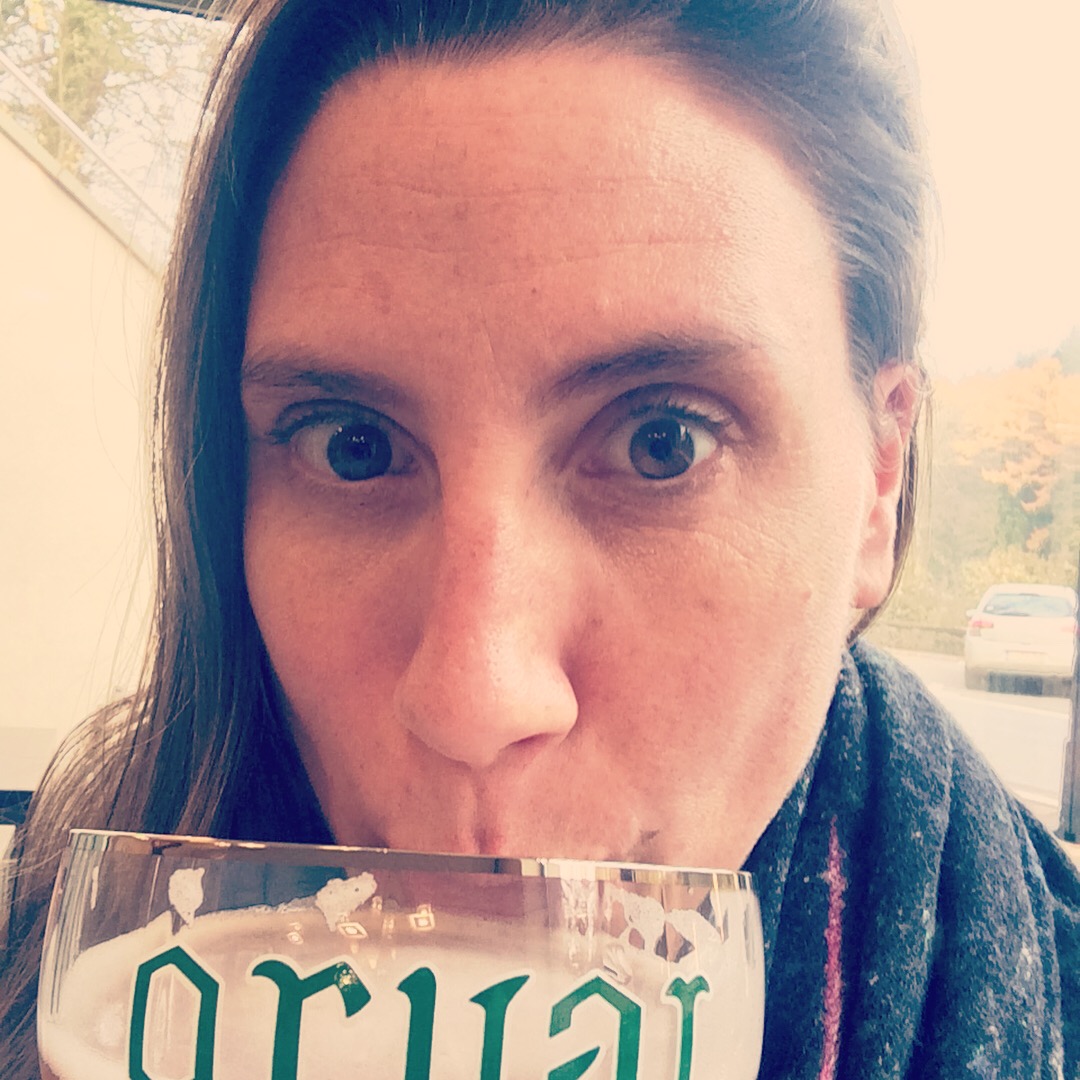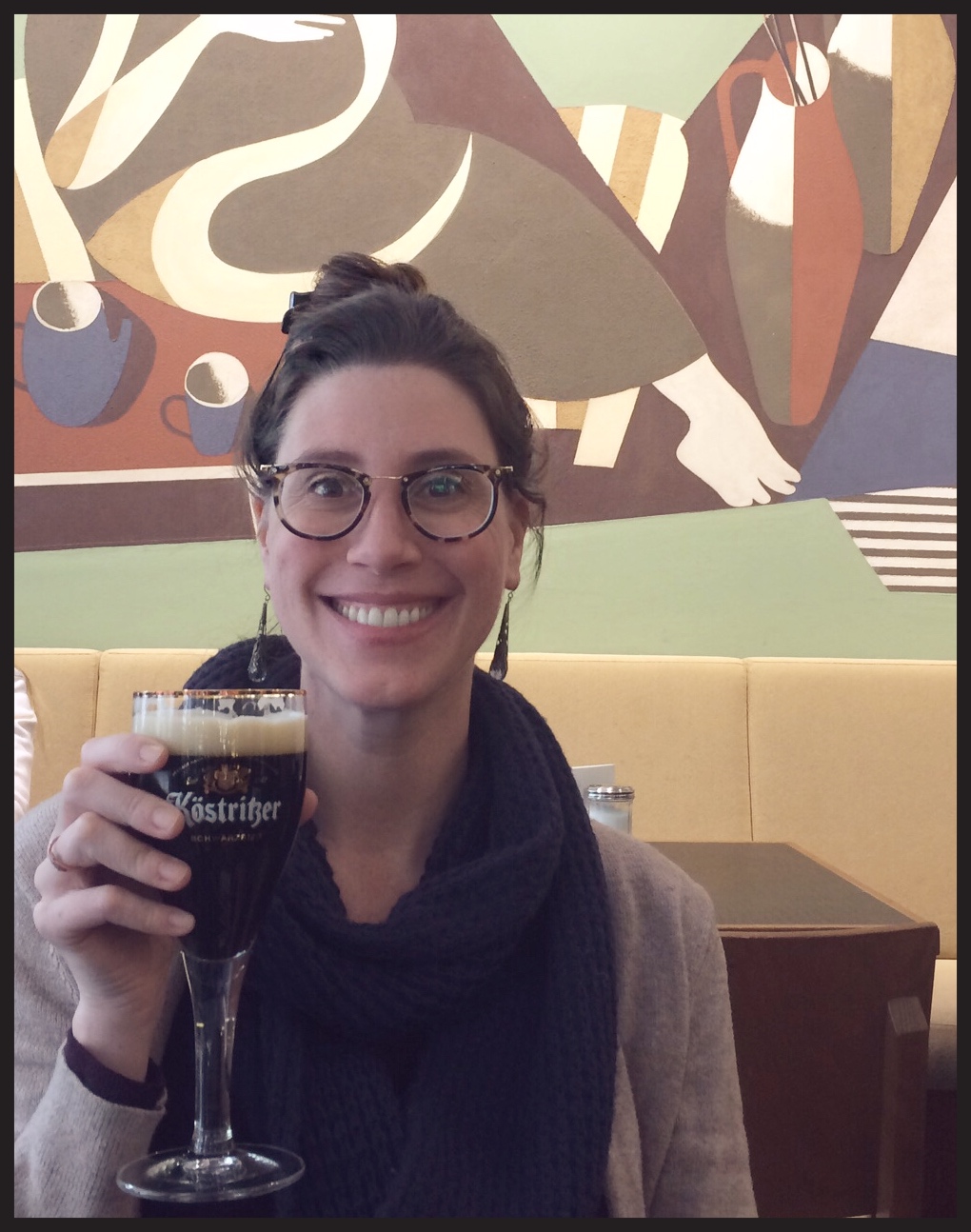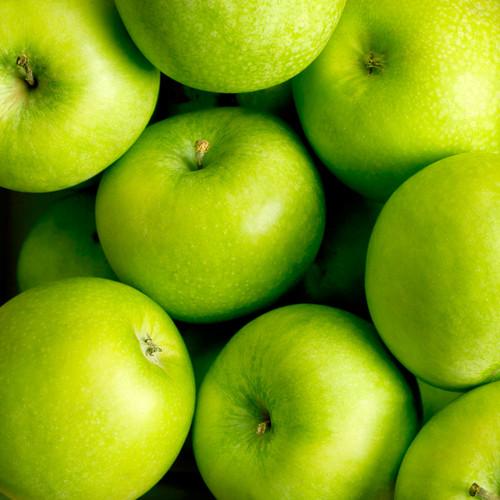How to Prepare for the Certified Cicerone Exam: Tasting Portion
If you’ve read the other entries in my series on taking the Certified Cicerone exam, you’ll know just how incredibly I bombed the tasting portion of the exam on my first try, back in February. Really: it’s impressive just how badly I did on that test. I’ve never half so poorly on a test in my entire life. I’ve written about that failure using any number of hyperboles, so here’s another way to put it: I would’ve done better by guessing blindly than I did by trying my best. Ha!
I wasn’t laughing about it at the time, of course. I came away convinced that my failure meant that I’d obviously never be able to pass the tasting portion of the exam, so why did I even bother to study so hard to pass the rest of the exam? (You have to pass both sections to become a Certified Cicerone.)
I wallowed for about a week, then got back to learning how to taste. Which is totally, completely, 100% an acquirable (and not god-given) skill.
The most helpful approaches to preparing for the retake, for me, were:
Drinking a lot more foreign beers than I had previously
Taking written notes while tasting
Tasting blind whenever possible
The quality lab at BrewDog
1. Drink Foreign
I adore American craft beer. Prohibition decimated our brewing history, and it royally messed up our distribution laws, but it also meant that we started doing very experimental, very cool stuff with craft beer as soon as Jimmy Carter deregulated the industry in 1979. So I drink mostly American craft beer - and local American craft beer, whenever possible. That said, I’m also someone who visited Germany and Belgium twice in 2018, so I thought of myself as pretty knowledgeable about foreign beers, too.
I wasn’t. Not knowledgeable enough, anyway.
This is rauchbier, not hefeweizen, but it’s another beer that I just don’t like. Her'e’s me drinking it anyway, in the noble service of beer knowledge.
Almost all of the beers that you’ll taste on the second part of the tasting exam will be foreign. I’m pretty sure that 7/8 of the options on that portion were foreign both times I took it. (Maybe all 8 the first time, actually?) To pass the tasting portion of the Cicerone exam, you have to drink widely, which means drinking a lot of beer that you might not normally buy. I, for one, would never order a hefeweizen for my own pleasure. But because I missed that (so obvious!) distinction the first time I took the exam, I drank a whole lotta Weihenstephaner hefeweizen to prepare for my retake. I often didn’t finish even a 12-ounce bottle of these light beers. I really don’t like that yeast strain, man. But you gotta do the work. (And t’s such hard work, drinking beer, isn’t it?)
The first time, I made this process too difficult, trying to go to World of Beer once a week and drink whichever styles I was currently studying. I went about it much less systematically the second time around. Just buy a bunch of foreign beer and put it in your fridge, then drink one every day until you run out. And while you do…
2. Take Notes
Randy Mosher’s wheel of beer flavors.
In a journal, by hand. I don’t let my students type notes in class because study after study shows that your brain processes information more effectively when you hand-write notes than when you type them. So taking notes in your Untappd app won’t cut it here. I bought a little journal and kept it in my bag so I could write tasting notes whenever (working at a bar with 24 taps means that I get to taste a lot of beer). I never looked at the notes again, even right before I took the exam. What matters is the process of slowing down, focusing on your senses, and committing them to paper. For every beer, write a line or two about 1) appearance, 2) aroma, 3) taste, and 4) mouthfeel.
3. Taste Blind
If you cohabitate, you’re in luck! Get your partner or roommate to give you a beer, unlabeled, as often as you can. If you don’t have this luxury, here’s a good way to blind-taste frequently: whenever you go out to eat or drink, ask the server to bring you a beer before you even look at the draft list. Take notes on the beer, then do your best to identify any tells, especially clarity, adjuncts, yeast by-products, carbonation, and perceived bitterness. Take a stab at style. You’ll be laughably far off sometimes, but your friends will get a kick out of it when you hit the nail on the head.
Photo credit: notmartha.org
4. Learn Off-Flavors
I can’t offer much advice on this front, because I was blessed with an in-house quality lab while I prepared to re-take my tasting exam. The night before my test, Brock and Cooper (our quality lab at BrewDog USA) were nice enough to spike some samples of Lost Lager for me. The first time, I missed almost all of the samples. Distraught, I was sure I was going to bomb again. Then our master brewer happened into the lab and tried the samples. And she missed the same ones that I did. Phew. The spikes were just too light. Cooper readjusted the doses, and I got much, much better. Then he stayed an extra hour after work to keep relabeling the samples and giving me another try. By the end of that hour, I could confidently, reliably identify everything but acetaldehyde. (Acetaldehyde is the lovely molecule above, which creates a flavor of green apple. Apparently. For those who can taste it, that is. Not me! Some people are taste blind to some flavors. Don’t worry about that: in an upcoming post on actually taking the tasting portion, I’ll offer some tips on how to approach off-flavors to which you’re taste blind.)
For those who don’t have the incredible Brock and Cooper on their team, I think it’s probably worth it to buy spikes. They’re expensive, but off-flavors account for 2/3 of your tasting exam, so you just have to know this stuff. Drinking lots of bad home-brew will teach you the first section on the exam (off-flavors that result from the brewing process), but you have to learn fit-for-service off-flavors, too, and (luckily) you don’t come across oxidized beer and infected draft lines in the wild too often.
Finally, get very familiar with the test before you sit for it and think about how you might approach it. The Cicerone program posts a sample tasting exam here. Besides preparing for the test differently the second time around, I also made some changes to the way that I took the test. As I mentioned above, I learned (the very hard way) some smarter approaches to the exam itself, which I’ll share in a future post.
For now, enjoy the tasting!















